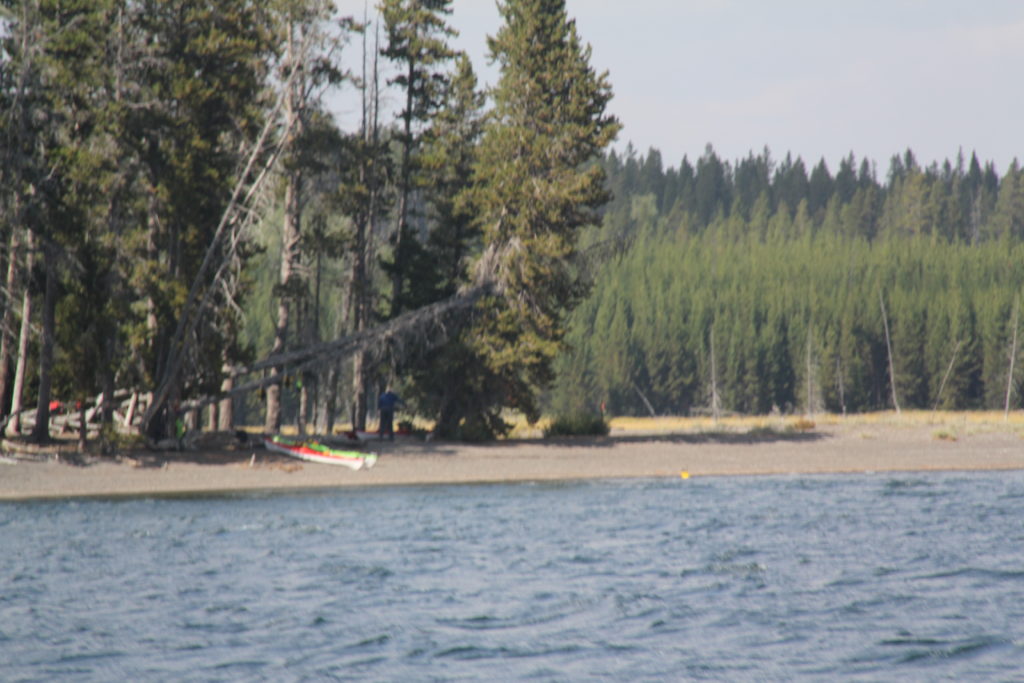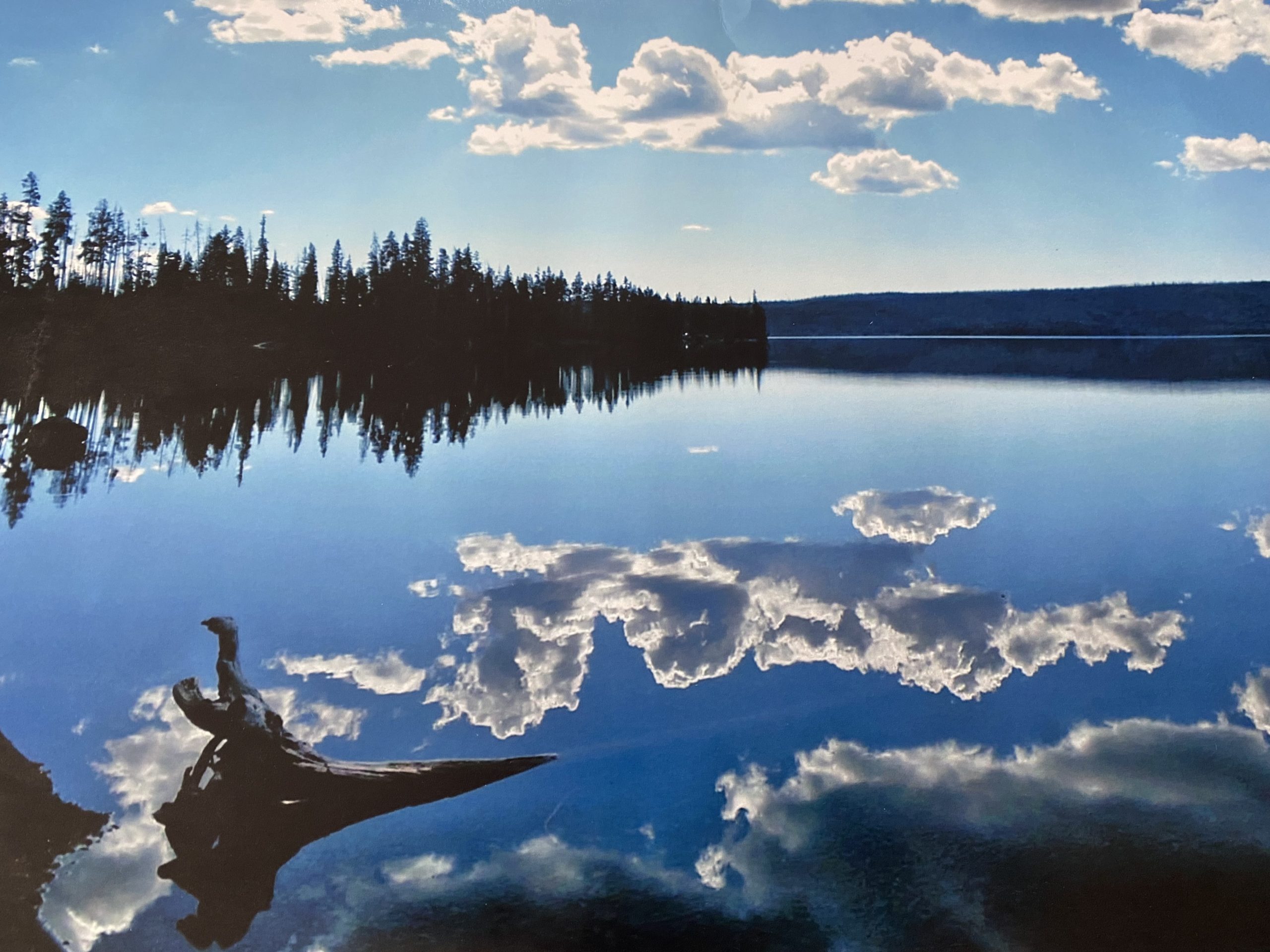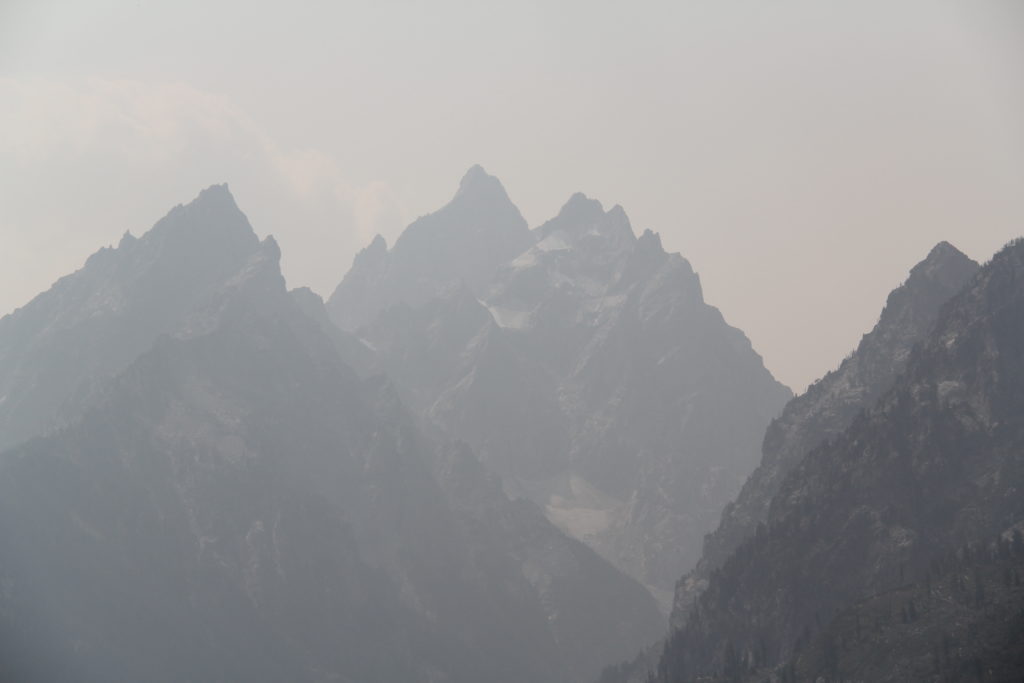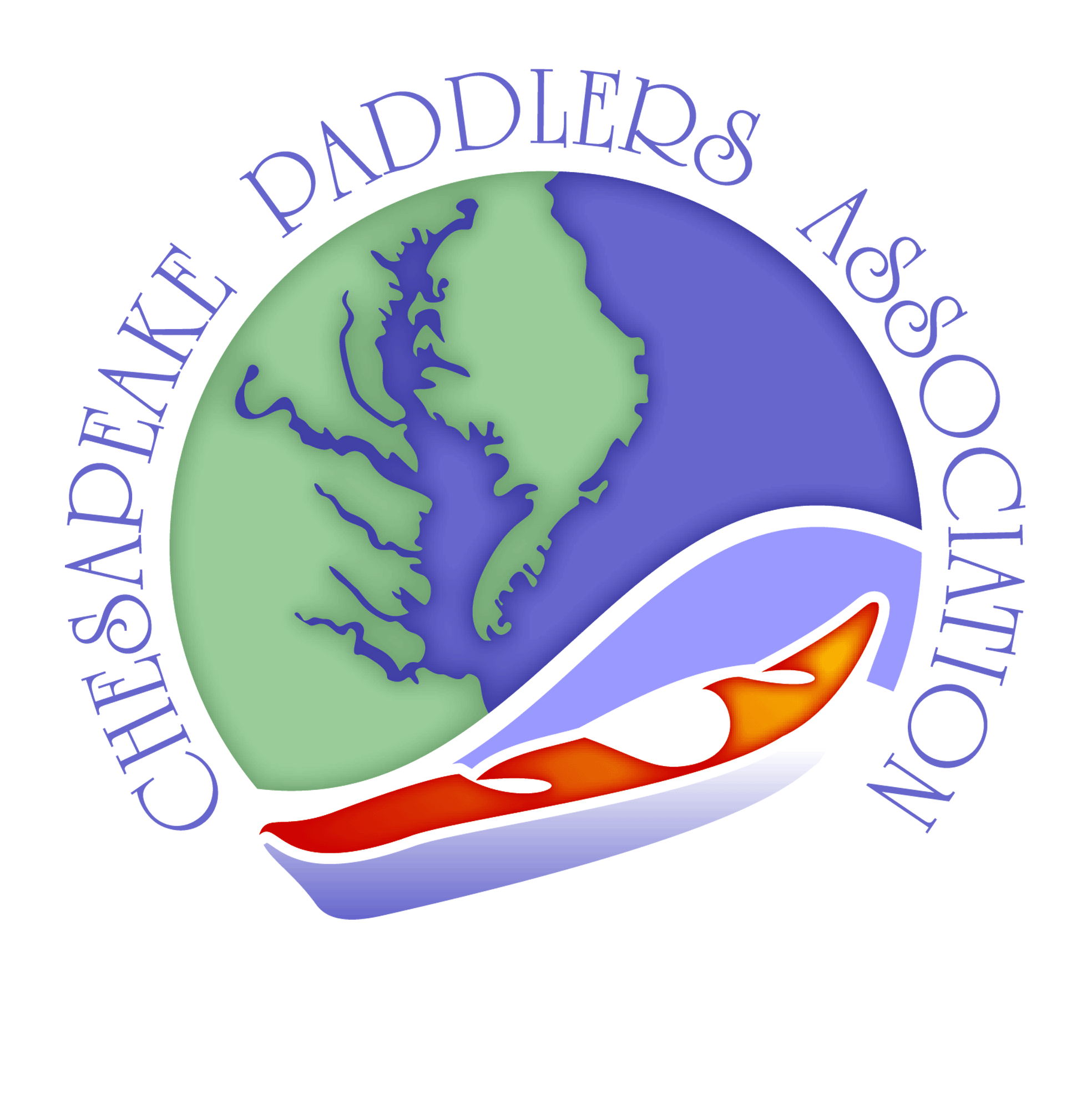MAY 2022
NEWSLETTER EDITOR
CPA needs a new editor for the newsletter. Bill Upton the current editor has some family obligations and needs to step down; this newsletter will be his last. Please let us know if you have an interest in taking on this task; your help is much appreciated. Bill Upton did an excellent job so he will be sorely missed.
YELLOWSTONE AND GRAND TETON NATIONAL PARKS
This past August (2021) I traveled to Yellowstone and the Tetons to celebrate the twentieth anniversary of my oldest daughter’s marriage-why there? My daughter and her husband were married in Yellowstone twenty years earlier at Gull Point on Yellowstone Lake. This past summer’s trip was the first for their two sons. We stayed just outside the park near West Yellowstone, Montana and were joined by my mom, my youngest brother and his family plus a few friends who also made the trip.
I have a long history with the two parks since this was my seventh trip there, this was also the most crowded visit since many people have delayed their Yellowstone trips due to the covid restrictions the last few years. Both parks do have a remedy to overcrowding and that is to travel in the back country. Paddling in Yellowstone is restricted to three locations which are Yellowstone Lake, Lewis Lake and Shoshone lake.
Yellowstone lake is by far the largest with over 110 miles of shoreline and is the largest high elevation lake (elevation 7,732 above sea level) in North America and the second in the world. The lake is about 20 miles long and 15 miles wide but with only about 20 miles of road following the lake this leaves a lot of wildernesses. The average depth is 139 feet with the deepest spot recorded is 390 feet. Yellowstone Park has over 10,000 thermal features with about half near or under the lake. Due to the elevation and the short summer season, you can expect water temperatures rarely above the low 40’s. The outlet to Yellowstone Lake is the Yellowstone River; a short distance down stream the river enters the Grand Canyon of the Yellowstone and drops over two major waterfalls.
There is several paddle in or boat in campsites dotting the lake and you can arrange a shuttle to your campsite or any location from the park service vendor. The park service and the vendor all monitor channel 16 on your marine radio 24/7 and since the nearest coast guard unit is probably 500 miles away anyone can communicate freely on that channel. You can arrange to rent a kayak from an outfitter in Jackson Hole or launch your own. The wildlife and scenery around the lake is stunning. It is not uncommon to see moose or bison roaming the shores. You can also spot an occasional elk, antelope, wolves or bear especially on the road getting there. I asked a charter captain who has been operating on the lake for the past 10 years if he ever heard of any grizzly bear encounters on the lake. He had not but when we were there in 2001 an upset charter captain told us of a solo female kayaker who was treed by a grizzly a few days earlier at her campsite and the park service waited three hours before responding because they did not want to scare the bear. There are several hiking trails around the lake, but I would not expect to see anyone since it would be a serious hike coming from any parking lot. If you are into fishing, then the lake has an abundant population of cutthroat and rainbow trout. The cutthroat trout is catch and release while the rainbow trout cannot be returned to the water since they are considered an invasive species. Don’t fret-they taste delicious!

LEWIS LAKE TO SHOSHONE LAKE
If you drive south from Yellowstone Lake on the road to the Grand Tetons National Park you will pass Lewis Lake; Lewis and Shoshone Lakes are much smaller than Yellowstone Lake but still high elevation lakes, Lewis Lake is at an elevation of 7782 feet so you can expect the cold-water temperatures. The road briefly follows the east shore of Lewis Lake but other than that it is another wilderness setting. The only way to get to Shoshone Lake (Yellowstone second largest lake) is to paddle from Lewis Lake (Yellowstone’s third largest lake) along a 7-mile-long passage or hike. Both lakes are dotted with campsites with 20 back country sites on Shoshone Lake alone-this lake are for paddle craft only. The best campsites are located at the far end of Shoshone Lake. This area of the park is less traveled except for people passing from Yellowstone to the Tetons so you can expect a tranquil setting. You can also expect the same wildlife activity with moose being the primary wild animal you will encounter. Fishing is also excellent in both lakes with brook, brown, rainbow and cutthroat trout.

If you continue south into the Grand Teton National Park (8 miles south of Lewis Lake), you can paddle on 10 of the hundred lakes in the region with 8 of the 10 being non-motorized watercraft only. You can also expect larger crowds paddling unless you paddle over a few lakes, Jenny Lake is so crowded with paddle craft since it is easy access and has daily or hourly rentals but once you paddle out of Jenny Lake you can expect the crowds to dwindle. String Lake and Leigh Lakes require A portage to enter so you will leave most of the crowd behind. A few miles south are Bradley, Taggart and Phelps Lakes which all require some portaging so expect them to be less crowded.

I was there in August and the daily temperatures started in the 30’s but quickly warmed to the 70’s. I was very comfortable with shorts and a sweatshirt in the morning and usually by 10 am or so I could shed the sweatshirt.
Bill Smith
Share This